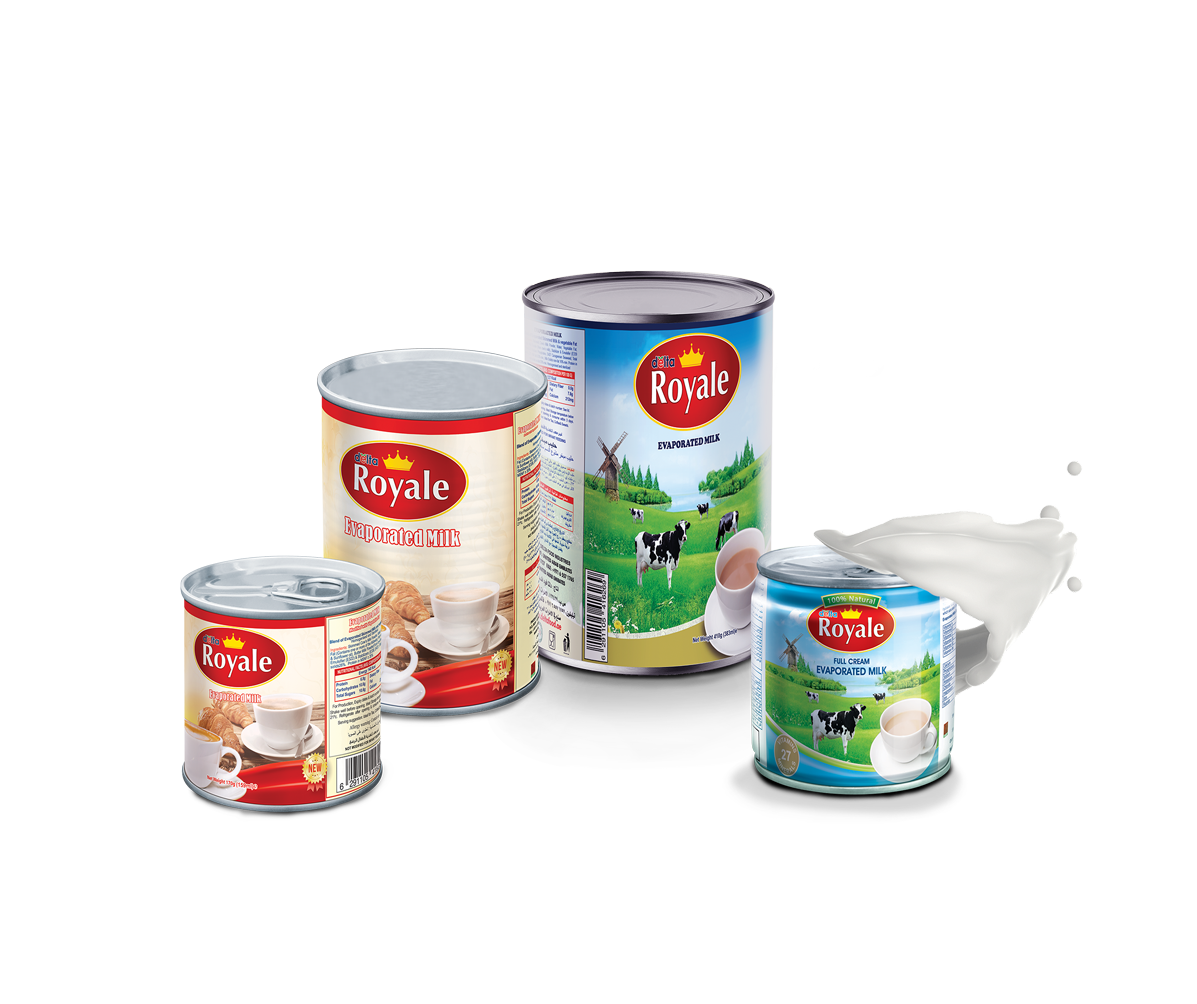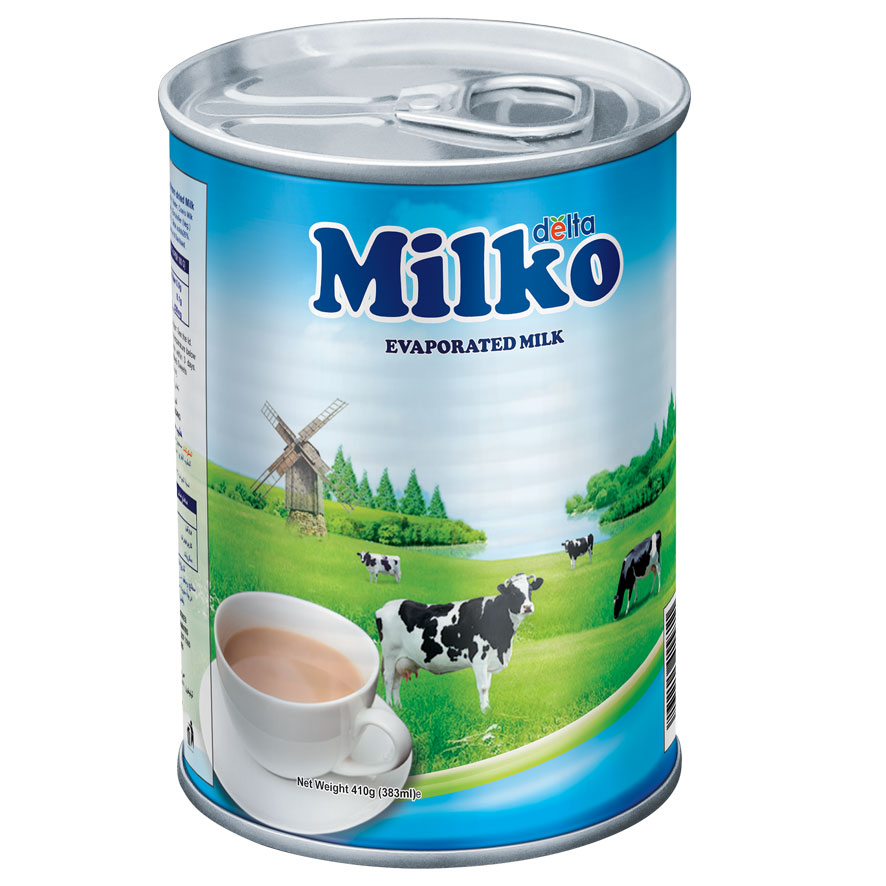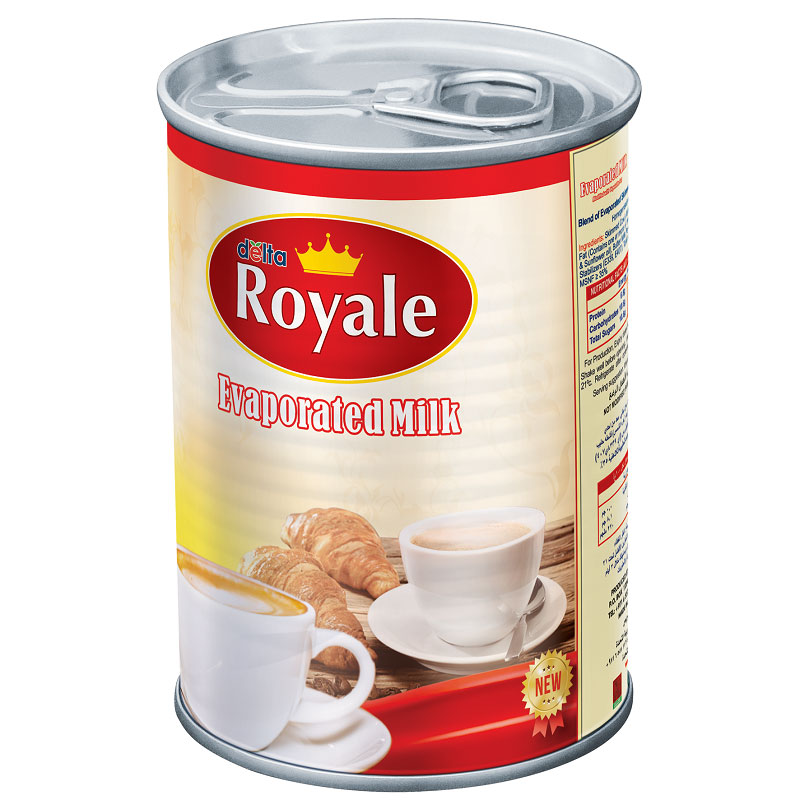Evaporated milk, known in some countries as “unsweetened condensed milk”, is a shelf-stable canned milk product with about 60% of the water removed from fresh milk. It differs from sweetened condensed milk, which contains added sugar. Sweetened condensed milk requires less processing since the added sugar inhibits bacterial growth.
The product takes up half the space of its nutritional equivalent in fresh milk. When the liquid product is mixed with a proportionate amount of water, EM becomes the rough equivalent of fresh milk. This makes it attractive for some purposes as it can have a shelf life of months or even years, depending upon the fat and sugar content.
This made it very popular before refrigeration as a safe and reliable substitute for perishable fresh milk. Evaporated milk, could be shipped easily to locations lacking the means of safe milk production or storage.
The process involves the evaporation of 60% of the water from the milk, followed by homogenization, canning, and heat-sterilization.
Evaporated milk is fresh, homogenized milk from which 60 percent of the water has been removed. After the water has been removed, the product is chilled, stabilized, packaged and sterilized. It is commercially sterilized at 240-245 °F (115-118 °C) for 15 minutes.
A slightly caramelized flavor results from the high heat process (Maillard reaction), and it is slightly darker in color than fresh milk. The evaporation process concentrates the nutrients and the food energy (kcal); unreconstituted evaporated milk contains more nutrients and calories than fresh milk per unit volume.



